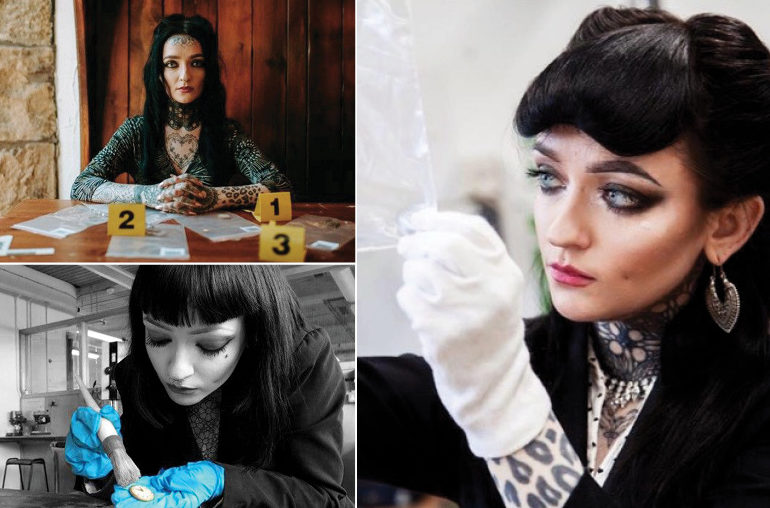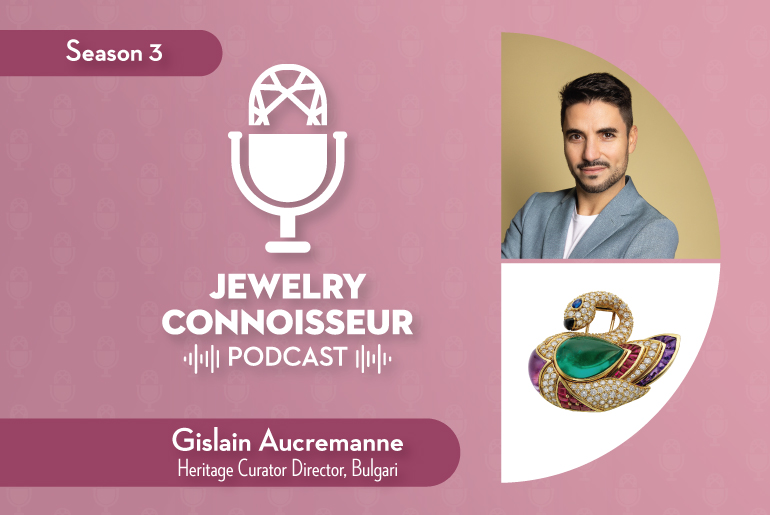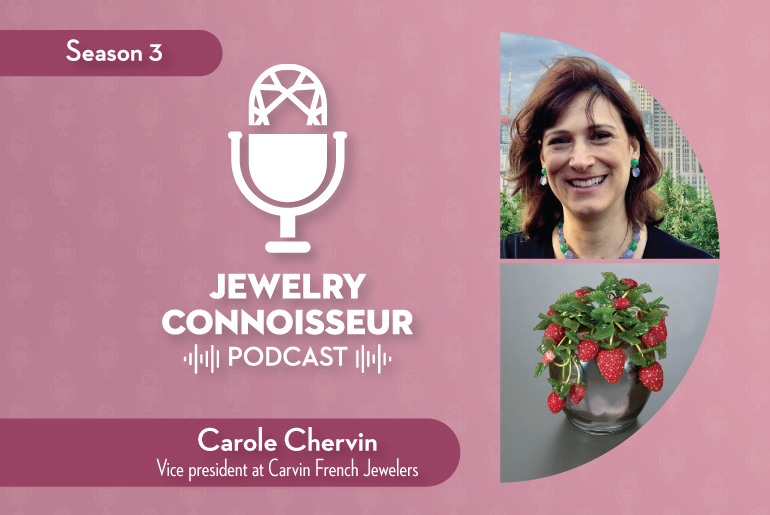Armed with a strong passion for jewelry and a degree in design and metalwork, Maria Maclennan was faced with a conundrum: She didn’t see herself as a jewelry designer. This led her to return to university to complete a general master’s program in design that would have her forge a new career in the field of jewelry.
In this new episode, the Scotland-based trailblazer explains how she became the world’s first forensic jeweler, and delves into how her unique skillset can be used to identify victims of mass fatalities such as the 9/11 disaster at the New York Twin Towers, or solve homicide crimes that may have otherwise remained dormant due to lack of evidence.
What began as part of a much larger research project that explored how different types of identification methods could be used in cases containing a high volume of deaths soon saw the creation of a system for classifying and identifying jewelry. That pushed Maclennan to think outside the box and figure out where she could take her newfound skills.
“Jewelry is most often personal, sentimental, often religious in significance, and can have geographic, regional or cultural origins, so it can capture and communicate a whole host of different aspects of the person’s identity,” she says. “Those can be tracked or traced to the purchaser, manufacturer or retailer, which can give us a really good basis of identifying the individual, and at the very least, offers investigators an avenue of exploration or a clue they would otherwise not have had.”
Uniting those clues with other vital information — such as hallmarks, gemstone inclusions, personal engravings and serial numbers — can often provide invaluable help to an investigation. Metals are also very robust, and can often survive extreme environments like fire or submergence in water. Many also carry traces of DNA.
“The idea of the forensic use of something like jewelry is that the lovely little idiosyncrasies and personalized features, all of the things that we really know and love about jewelry, those can actually be really useful identifying features in investigations,” she adds.
To listen to the Jewelry Connoisseur Podcast, click below.
Main image: Clockwise from top left, photos of Maria Maclennan by Neil Thomas Douglas/Frankie Magazine; Claire Maxwell/The Financial Times; Susan Nicholson/STV News.





Comments are closed.